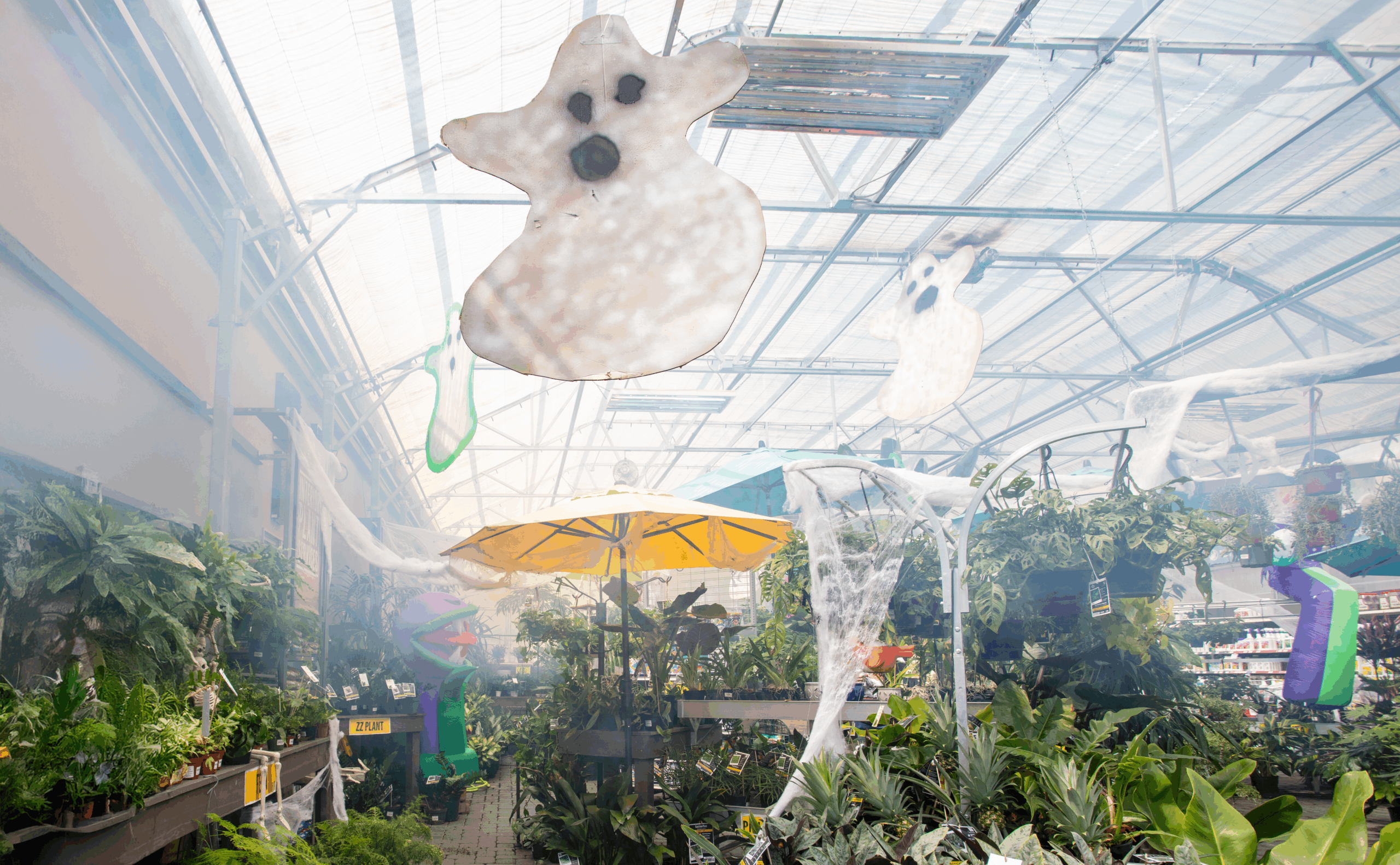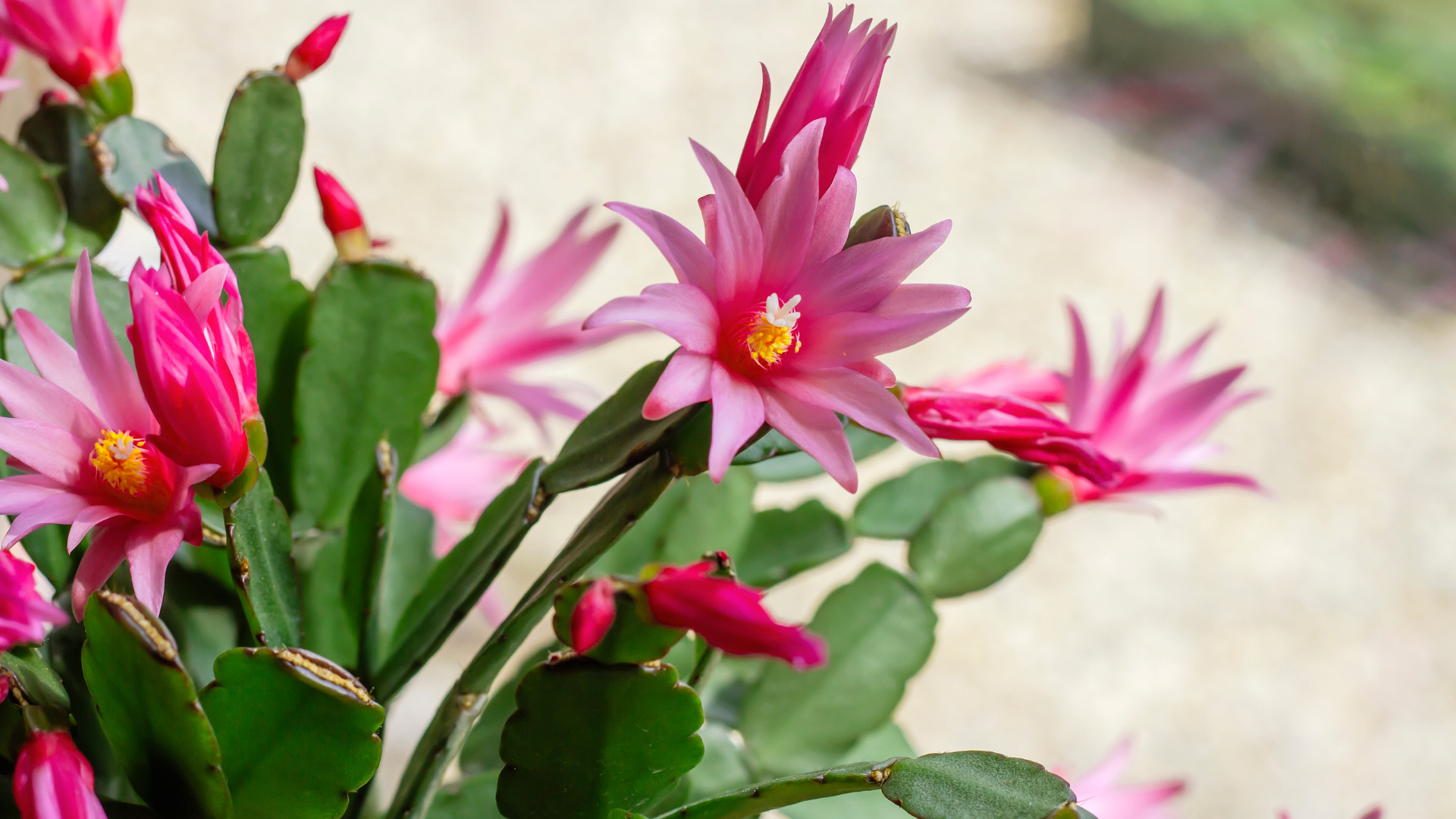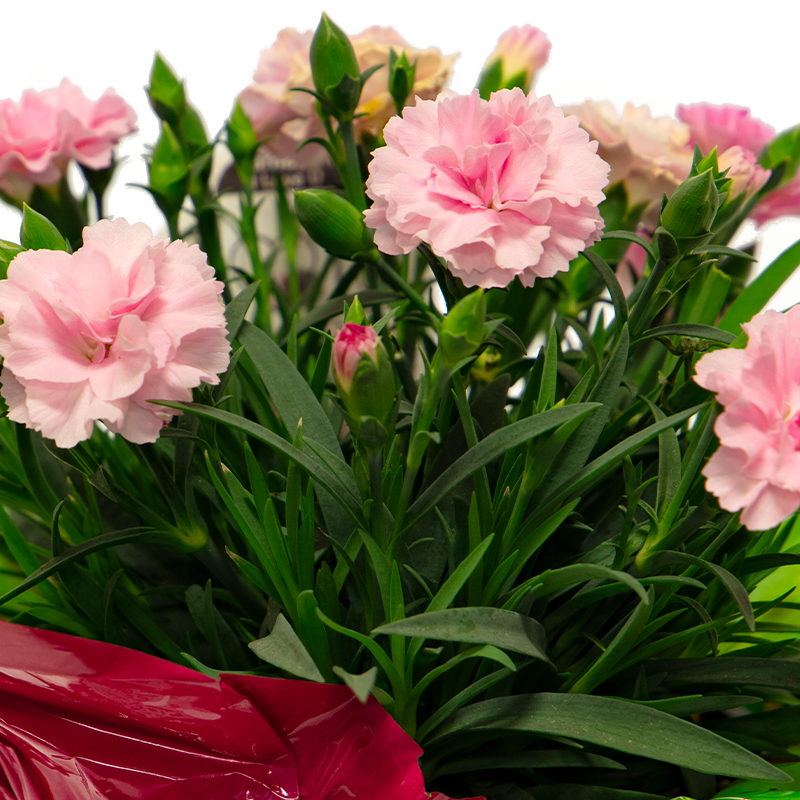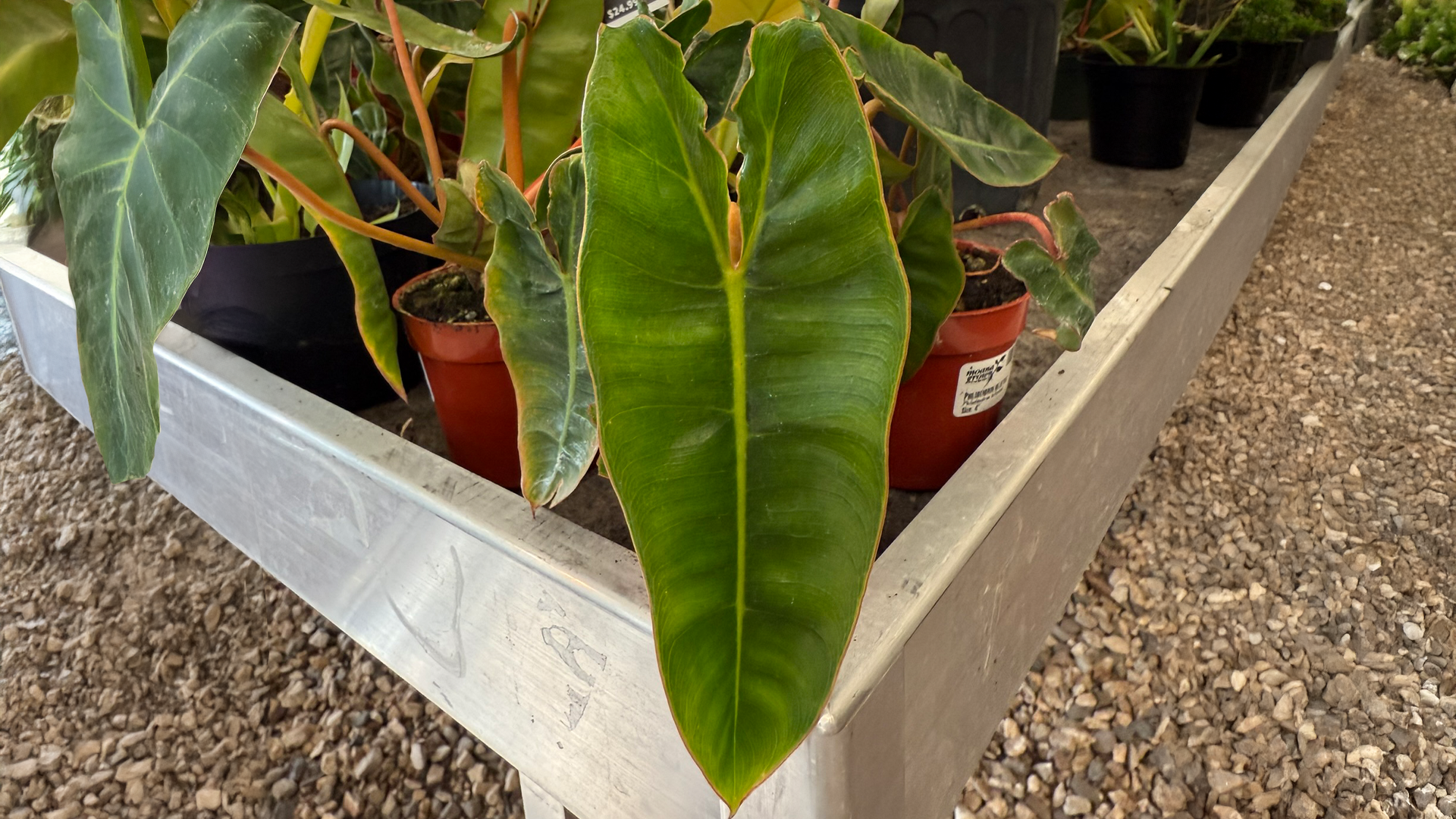Share
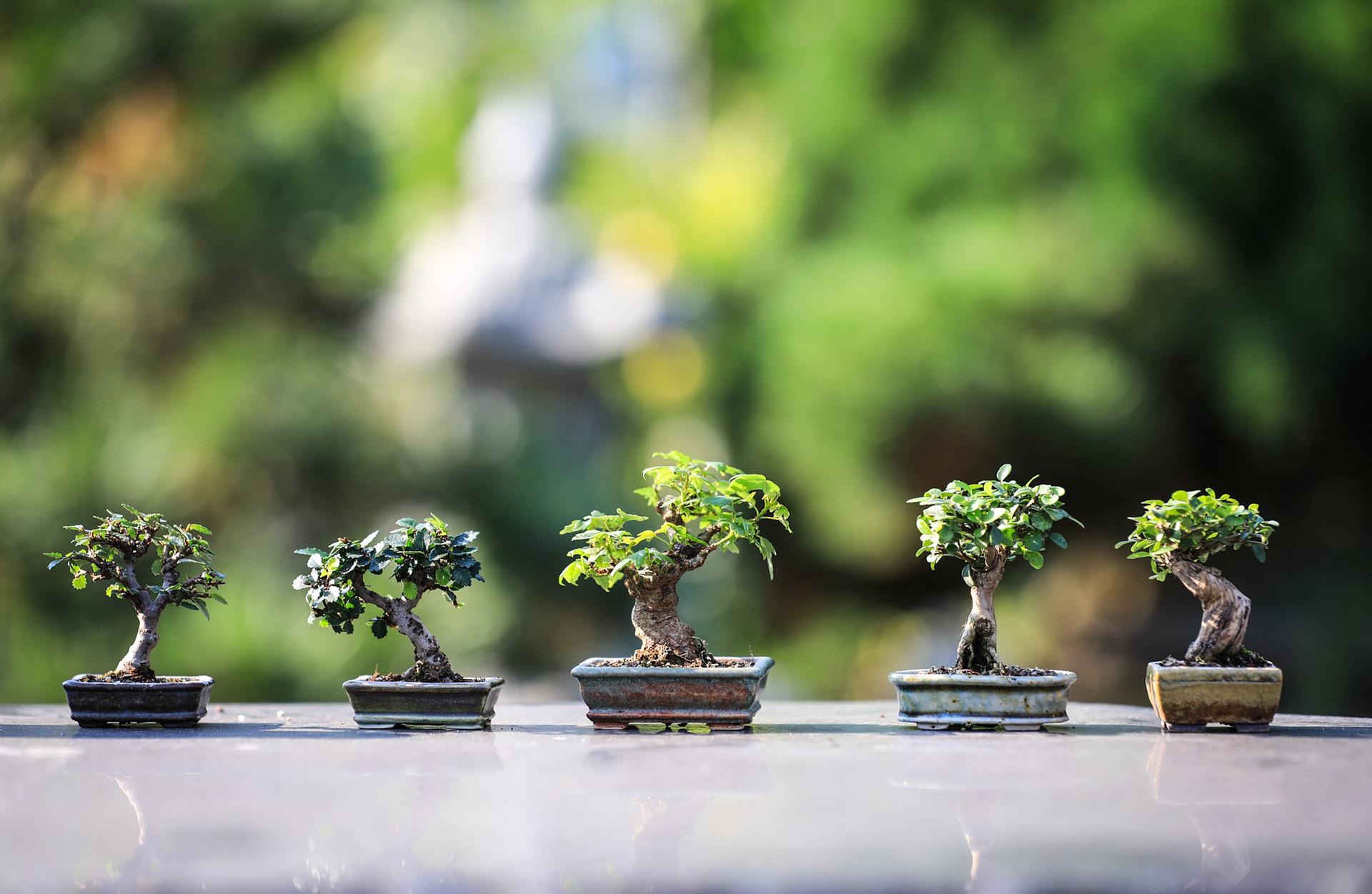
The Art & Care of Bonsai: A Living Symbol of Balance and Beauty
Bonsai trees are more than miniature plants in decorative pots—they are living works of art that embody harmony, patience, and the deep relationship between nature and human craftsmanship. Originating in ancient China (as “penjing”) and refined over centuries in Japan, bonsai literally means “planted in a container.” But their meaning stretches far beyond horticulture.
The Symbolism of Bonsai
In many cultures, bonsai trees symbolize balance, perseverance, and tranquility. Each tree tells a story—of time, transformation, and restraint. They’re often gifted as tokens of peace, prosperity, and wisdom. The meticulous pruning and shaping of a bonsai reflect life’s cycles and the beauty of impermanence. Their slow growth and constant refinement also teach the value of patience and attention.
How Bonsai Are Made
Creating a bonsai is both science and art. It starts with a young plant or cutting that’s trained through pruning, wiring, root trimming, and repotting over time. The goal is to create the illusion of age and scale—making a small tree look like a mature, full-sized one shaped by wind and time in nature. Key techniques include regular pruning to maintain shape, wrapping wire around branches to guide their form, and trimming roots to keep the plant compact and healthy. Bonsai are typically repotted every one to three years to refresh the soil and prevent root binding. Some varieties even benefit from defoliation to encourage smaller foliage and finer branching.

Popular Bonsai Varieties & Their Care
One of the most beginner-friendly and widely recognized bonsai varieties is Ficus microcarpa ‘Ginseng’. It’s known for its thick, swollen roots and glossy green foliage that give it a sturdy, sculptural appearance. It thrives in bright, indirect light and prefers to dry out slightly between waterings. Because it tolerates a range of indoor conditions and rebounds well from pruning, it’s a great choice for first-time bonsai enthusiasts.
For those looking for a more traditional, outdoor bonsai experience, Juniper procumbens ‘Nana’—commonly known as the dwarf Japanese garden juniper—is a classic. With its dense, blue-green needle foliage and low, cascading growth habit, it’s often used in dramatic bonsai displays. It requires full sun and consistent moisture, and it must be kept outdoors year-round to maintain its natural dormancy cycle. Regular pruning is essential to keep the foliage tidy and to improve airflow.
Pachira aquatica, often sold as a mini “money tree” bonsai, features a braided trunk and broad, palmate leaves. It symbolizes luck and prosperity and is especially popular as a decorative indoor plant. This tropical variety prefers bright, indirect light and appreciates humidity. Allow the top layer of soil to dry slightly between waterings. It responds well to pruning and occasional turning to promote even growth.
Another popular and forgiving variety is Portulacaria afra, commonly known as Elephant Bush or Dwarf Jade. With its small, round succulent leaves and reddish stems, this bonsai makes a striking visual impact and is perfect for dry climates or indoor environments. It requires bright, indirect to full sun and prefers infrequent watering—allow the soil to dry out between waterings to avoid rot. Portulacaria afra is drought-tolerant and easy to shape, making it an excellent choice for beginners and succulent lovers alike.
Zelkova serrata, the Japanese zelkova, is a deciduous variety admired for its fine branching and serrated leaves that turn vibrant shades of orange and red in the fall. Best suited for outdoor growing, it enjoys full sun to partial shade and regular watering during hot weather. Like other temperate species, it requires winter dormancy, and its structure benefits from strategic pruning during the dormant season.
General Bonsai Care Guidelines
All bonsai benefit from fast-draining, bonsai-specific soil that promotes healthy roots and prevents rot. Watering should be done mindfully—avoid sticking to a strict schedule, and instead learn to read your tree’s needs. Fertilize regularly during the growing season, and watch for pests like spider mites or scale, which can be more common in indoor settings. Outdoor varieties, like juniper and zelkova, need a rest period in winter, so they should remain outside (with proper protection) to maintain their natural rhythm.
The Bonsai Experience
Caring for a bonsai is a daily meditation. It requires presence, gentleness, and a long-term mindset. Whether you’re a seasoned gardener or a curious beginner, bringing a bonsai into your home or garden offers a deep connection to nature—and a beautiful reminder that growth takes time.
Share
This Halloween season, Pyramid Way Moana Nursery is turning up the fright factor in a way you’ve never seen before.
Rhipsalidopsis gaertneri, commonly known as Easter Cactus or Spring Cactus, is a stunning succulent that blooms in spring, adding a burst of color to indoor gardens.
Dianthus are more than just beautiful flowers—they embody resilience, charm, and the promise of vibrant blooms both indoors and out.
Renowned for its stunning foliage and relatively easy care requirements, this tropical plant has captured the hearts of plant lovers worldwide.

